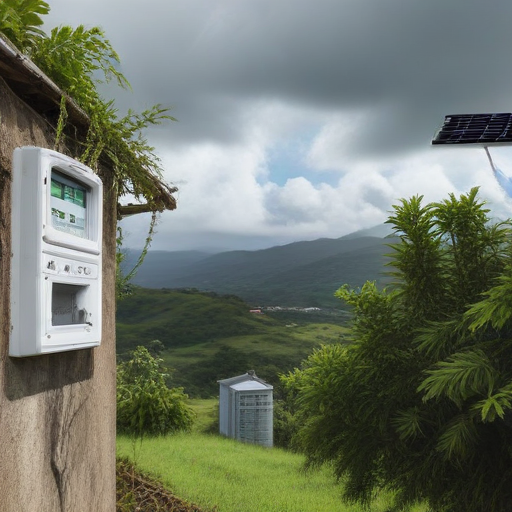The coastal region of Salinas, Puerto Rico, is known for its stunning natural beauty, characterized by lush mountains and tranquil waters. However, the idyllic scenery contrasts sharply with the challenges Puerto Rico faces regarding its electricity infrastructure. Following the catastrophic damage to the island’s power grid from Hurricane Maria in 2017, residents have been advocating for a dependable and sustainable energy system. The introduction of a new utility-scale solar project, which aims to address these needs, has raised concerns among some local advocates.
Environmental attorney Ruth Santiago, who serves on the White House Environmental Justice Advisory Council, shared her views on the future of solar energy in the region during a recent discussion. The island’s ambitious plan to transition to 100% renewable energy by 2050 is crucial, yet reliability remains a significant issue as Puerto Rico seeks to reduce its dependence on fossil fuels that currently account for 90% of the electricity supply.
The Department of Energy has endorsed this transition with an $860 million loan for two large-scale solar projects, expected to generate up to 200 megawatts of solar power annually—enough to power approximately 43,000 homes. This development, named “Project Marahu,” is positioned to become the largest solar and battery storage installation in Puerto Rico and is spearheaded by Clean Flexible Energy LLC, a subsidiary of AES Corporation and Total Energies Holdings USA Incorporated. AES Corporation has faced scrutiny due to its management of a neighboring coal power facility that has reportedly violated environmental regulations.
Santiago highlighted critical ecological concerns regarding the proposed solar sites, which overlap with habitats for protected species. The construction’s location raises apprehensions about its impact on vital ecosystems around the ecologically significant Jobos Bay area, which hosts various flora and fauna. Santiago advocates for a more decentralized approach to solar energy, emphasizing rooftop solar installations which can provide resilience to local communities, buffer against flooding, and reduce the dependence on extensive transmission infrastructure that is vulnerable to natural disasters.
The support for decentralized solar energy is echoed by community initiatives like the Adjuntas Casa Pueblo and various local groups, which focus on installing rooftop solar solutions for residential and community use. Santiago calls for a just energy transition that prioritizes community resilience and involves significant public funding for rooftop solar, energy efficiency projects, and educational programs that empower local residents.
The conversation raises important reflections on Puerto Rico’s trajectory toward energy independence, calling for equitable solutions that not only address the immediate threat of power outages but also enhance the overall quality of life for residents. With adequate support and a commitment to sustainability, Puerto Rico can emerge as a leader in renewable energy while ensuring that the voices of the most affected communities are heard and considered.
As Puerto Rico continues its journey towards renewable energy, the hope remains that with careful planning and purposeful action, the island can build a robust energy infrastructure that benefits all, ensuring a brighter future for its residents.
